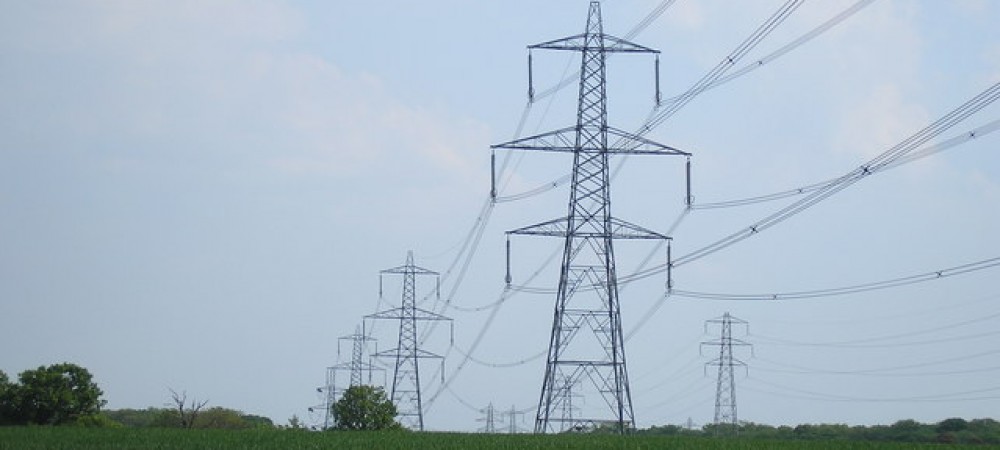Your chance of surviving an EMP disaster rises dramatically when disaster preparations include a larger community. The larger that community, the better its chances of successfully defending itself and rebuilding. The trouble is, it is hard to convince people of the danger to the point that they are willing to spend what it takes to prepare. If only one person in a hundred is willing to do so, it is hard to gather these scattered few. Even if they found one another, there is the difficulty of coordinating their efforts. Who would do the work? Who would pay for things? How would decisions be made?
It seems to me that the best solution is for wealthy entrepreneurs to set up survival communities organized as companies. Let us call such a person John. Before a crisis, John gives offers of employment to people he wishes to recruit into his community. The recruits start work at the moment an EMP occurs, and are paid in food which John has stored in hidden, defensible warehouses. The jobs the employees do are related to survival and rebuilding: defense, farming, infrastructure repair. Since the employees pay for nothing and have no obligations prior to a disaster, it is easy to recruit them. Since no money changes hands, the company is an abstraction until an EMP occurs. The fortified warehouse and the food and supplies inside it are John’s personal property.
Let us call the company the Corps, and call the employees “corpsmen.” John recruits corpsmen living near his warehouse to serve as hosts for other corpsmen (who live in the hosts’ houses or camp out in their fields), so in a disaster the corpsmen move to and defend a well-defined neighborhood. Ideally this neighborhood is rural, so it is easier to defend and provides plenty of land for growing crops.
The well-insulated warehouse (perhaps 6,000 ft2 with 15 feet of headroom) is fortified by an 8-foot high encircling berm which protects not only the warehouse but also the compound from small arms fire. One or two hundred corpsmen live in the warehouse or in tents in the compound in order to safeguard it, should raiders breach the neighborhood defensive perimeter. The warehouse uses solar energy for refrigeration to extend the shelf life of stored foods. It also stores seed and includes a Faraday cage room to store solar panels and other sensitive electronic supplies.
I imagine such a community sized to employ and feed up to 600 people, including 150 children (age 0-12). The 450 adults would be split into three or more groups that would be engaged in farming or providing neighborhood security. There is nothing magic about this number, but for any one group to exceed 150 adults might weaken group cohesion and allow strangers to infiltrate.
